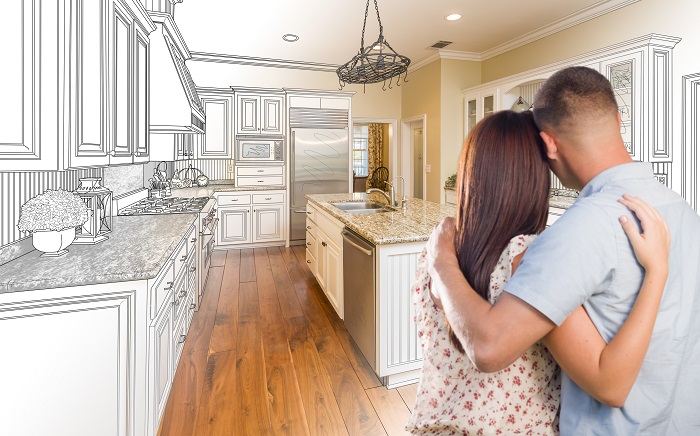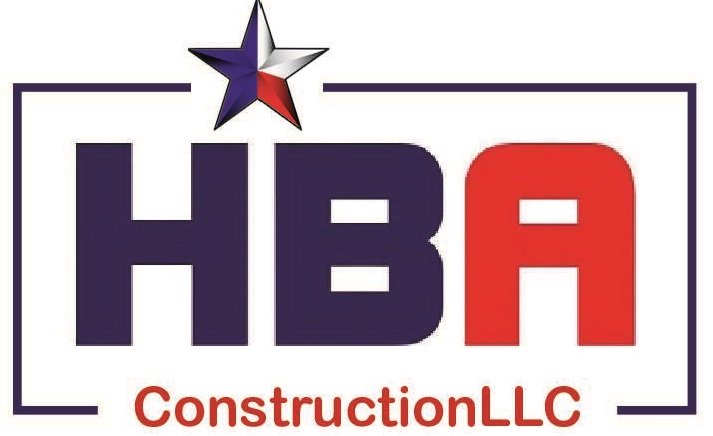Countertop Options
Natural Stone and More

Natural Stone Countertop Options
Selecting from a wide variety of natural stone countertop options can be difficult. In this section, with the help of Pacific Shore Stones, we break it down and offer some quick facts for your consideration.
Granite
One of the worlds most popular stones. Composed of quartz, feldspar, and mica forming in hundreds of colors, quarried worldwide but most often from Brazil, Spain, India and China.
The only natural stones harder than granite are diamonds, rubies and sapphires.
An ideal choice when performance, color, texture, ease of maintenance and durability are of highest importance. This makes granite a favorite countertop choice.
Marble
A metamorphic rock formed when limestone undergoes intense heat and pressure. Found primarily across Europe and India, forming in a range of colors dependent on its mineral composition. Color and beauty will intensify over time and with use.
Typically softer than granite, marble tends to stain, etch and scratch more easily. Irregardless, it is still commonly used for a fireplace, bar-top, backsplash and bathroom designs.
Onyx
An easily identifiable stone due to its bands of alternating colors from the intergrowths of the quartz and moganite.
An exotic stone, forming in a wide variety of colors: red, yellow, brown, green and the most famous, black.
Predominately used as a statement piece, light accent or as a backsplash in bathrooms and kitchens.
Limestone
A sedimentary rock composed mainly of calcite and aragonite and may contain small fossils and marine skeletal fragments that give the stone a natural, organic element.
Very common in architectural design throughout the ages: The Great Pyramid in Egypt contains an outer covering of limestone.
Main uses include flooring, interior and exterior wall cladding, fireplaces and backsplashes.
Static coloring among slabs makes it a popular choice for both current and future projects that contain expansion plans.
Quartzite
A hard metamorphic rock which starts out as sandstone and is converted into quartzite through heating and pressure related to tectonic compression. Its density makes quartzite mostly resistant to erosion and volatile weather.
Pure quartzite is usually white to grey, though quartzites often occur in shades of pink and red due to varying amounts of iron oxide.
Quartzite can be used to cover walls, as roofing tiles, flooring, and stair steps but is often simply used for decoration and countertop options.
Natural Stone Color, Purpose and Finish
Color: The incentive for using natural stone over a man-made engineered product is the stone's ability to have a varied color spectrum, adding versatility to your design. Since stone is a product of nature, each one will have its own character which will add an overall dynamic to the room.
Purpose: The harder the stone, the more resistant to abrasions. The amount of time you wish to dedicate to cleaning and caring for your natural stone should be considered during the selection process.
Finish:
Polished - Glossy surface that will reflect light and more greatly emphasize the color and markings of the stone. Recommended for countertops.
Honed - Satin-smooth with slight light reflection. Preferred in heavy traffic areas.
Flamed- Rough textured used mainly on floors and tiles.
Man-Made Engineered Stone
An alternative to natural stone cut from pure marble or granite, this factory-made composite features crushed stone bound in slab form with an adhesive or resin. Be aware that when looking at countertop materials, some manufactures of engineered stone will simply call it quartz due to the high percentage of crystals found in the product. You will need to ask if it is natural or man-made.
Strong and durable, engineered stone is very consistent in look and pattern. The non-porous surface is easy to maintain and heat-resistant. All are non-absorptive and should not collect bacteria, which should be true with all your countertop options.
One draw-back of engineered stone consists of its limitations in creating curves. It is possible, just harder to achieve than in natural stone.
Laminate
Laminate is the cost-conscious choice in countertop options. Laminate is a combination of plastic and paper. Interestingly, though, laminate is generally not recycled and is sometimes made from board. These materials are formed into a thin layer and colored or manufactured with naturalistic or textured designs. This layer is then laminated to particle or chip board.
Laminates are flexible and can be used in a variety of ways and in a variety of spaces: a kitchen, bath, work room or laundry room. Available in a multitude of colors and textures, it’s easy to work with and can be cut into any shape, including forms with sharp corner points or with a smooth radius. It’s quite durable.
The key difference between high- and low-end laminates is generally the finish of the material. Higher-end products offer greater variety in luster or sheen and texture. They also come in a broader range of colors. The cost of the laminate will be affected by whether or not there is a built-in backsplash and how high or low the backsplash may be.
In summary, your personal choice of countertop options will be determined not only by price point, but aesthetics and durability.




